Signs on your face help identify your health
When you look in the mirror, you feel very familiar with the face looking at you. But take a closer look, it will tell you about your health. The face is the mirror that reflects your soul and health.
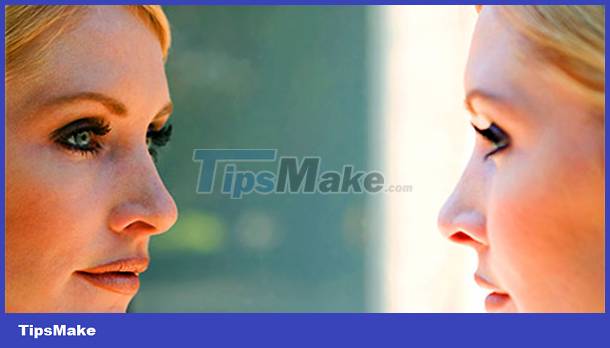 Take a good look at your face in the mirror, it will tell you about your health
Take a good look at your face in the mirror, it will tell you about your health
Here are the signs on your face that help identify your health
first
Yellow skin and eyes
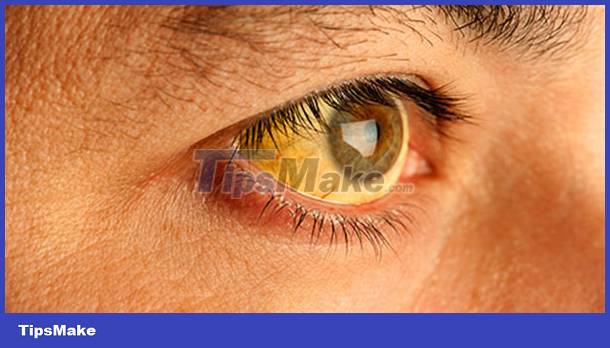 Yellow skin and eyes
Yellow skin and eyes
This is jaundice. It happens when you have too much waste that your body makes when it breaks down red blood cells. Jaundice is common and usually harmless in babies born before 38 weeks, because their livers are weak.
In adults, jaundice can be more serious, like a viral infection, hepatitis, mononucleosis, problems with your liver, gallbladder, or pancreas, or alcohol abuse.
2
Mole on face
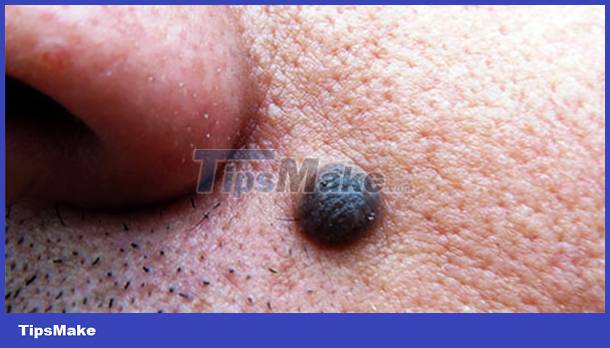 Mole on face
Mole on face
These are spots or bumps, usually dark in color. Most are nothing to worry about, but a skin check can help you find cancer before it spreads.
When it comes to moles, remember the ABCDE tagline :
- A symmetrical - Asymmetrical: Is the shape different on each side?
- B order – Contour: Is it jagged?
- Color - Color: Is it uneven?
- Diameter - Diameter: Is it bigger than a pea?
- E volving - Development: Has it changed in the last few weeks?
See your doctor if you answered Yes to any of these questions.
3
Sores on the mouth
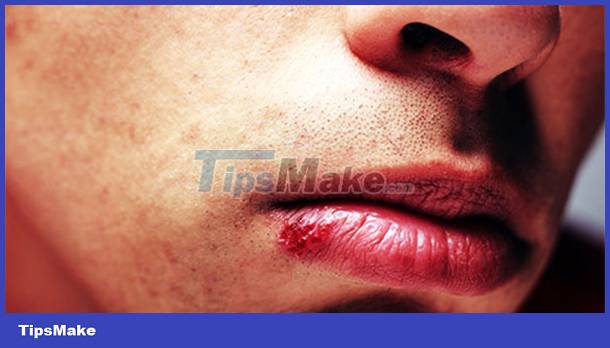 Sores on the mouth
Sores on the mouth
Sores around your lips and mouth are most likely cold sores, caused by the Herpes Virus Type 1. Most people with oral herpes contracted saliva as children or adults, not through sexual contact.
Once you get the Virus, it stays with you. Sores can flare up when you're sick, anxious, too tired, or you've been out in the sun for too long. The sores usually go away on their own, but if you have more or more frequent flare-ups, see your doctor for medication.
4
Chapped lips
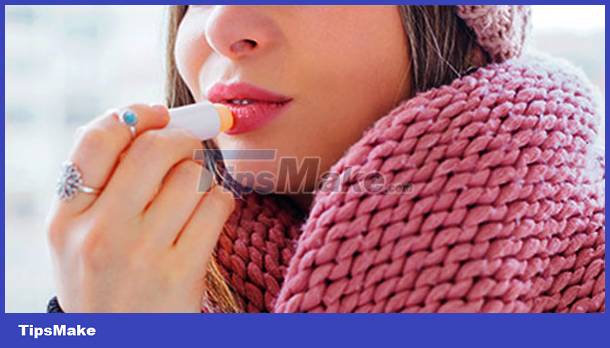 Chapped lips
Chapped lips
Everyone experiences dry or cracked lips from time to time, especially in winter. Lip balm can help protect and moisturize the lips. But sometimes, dry lips are a sign of a health problem, like dehydration - when your body doesn't get enough water.
In addition, it can also be an allergic reaction or a reaction to a medication, such as a steroid.
5
Red rash
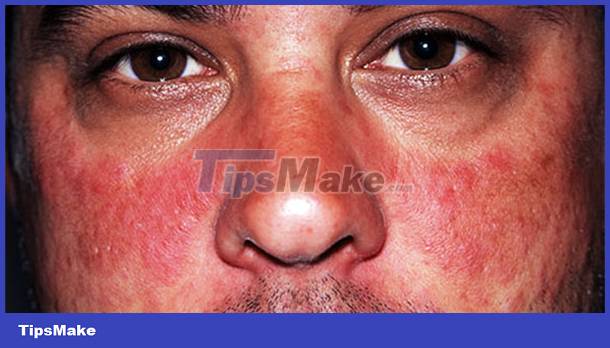 Red rash
Red rash
Most rashes are not serious and will heal quickly. But it would be unusual for it to cover both cheeks in the shape of a butterfly and it is a common sign of lupus erythematosus.
This is a disease that causes your immune system to attack your own tissues and organs. You may also experience fever, aches, stiffness, and fingers that turn blue when cold.
See your doctor if you have an unexplained rash, especially if it's accompanied by other symptoms.
6
Hair or beard growing in unusual places
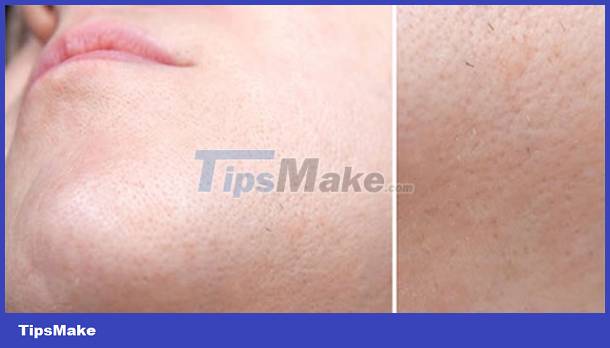 Hair or beard growing in unusual places
Hair or beard growing in unusual places
It's just a hair growing up where you don't want it. This can happen as people get older, for men hair will appear around the ears and eyebrows, and for women, hair will grow around the chin.
In young women, facial hair can be a sign of polycystic ovary syndrome, a condition that can make pregnancy more difficult.
7
Eyelids drooped
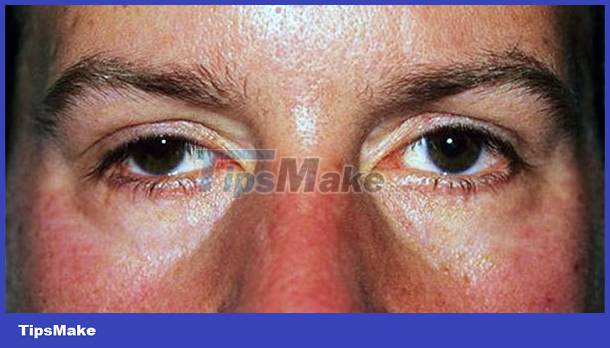 Eyelids drooped
Eyelids drooped
Eyelid ptosis can occur in one or both eyes, and in severe cases, your eyelids can block your vision.
Your eyelids may have been like this for years and are usually harmless, but it could be a sign of problems with your brain, nerves, or eye sockets.
See your doctor if drooping occurs only for a few days or hours, or if you have double vision - Seeing two images of the same object, muscle weakness, difficulty swallowing or headache, . that could be a sign of a stroke.
8
Paralyzed half of the face
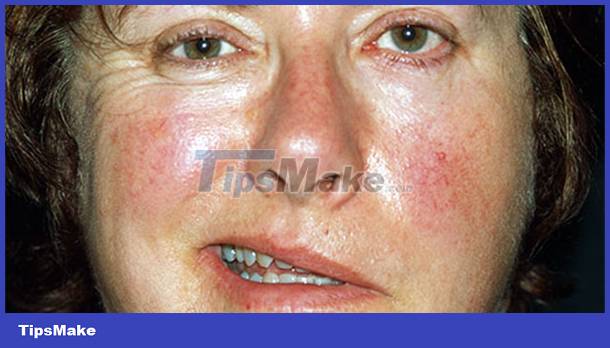 Paralyzed half of the face
Paralyzed half of the face
If you can't move part of your facial muscles, you probably have facial nerve paralysis.
It happens when something compresses a nerve that controls the muscles in your face or causes it to swell. It appears over hours or days and usually weakens one side of your face. You may also experience pain in your jaw and behind your ears. Usually, it's not serious and goes away in 3 to 6 months.
9
Facial paralysis with other symptoms
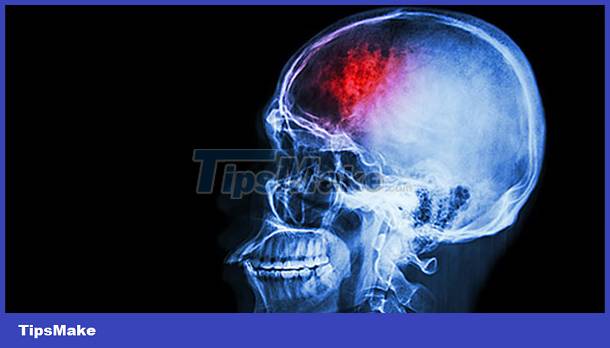 Facial paralysis with other symptoms
Facial paralysis with other symptoms
A stroke occurs when blood flow is cut off to part of your brain due to a burst or blocked blood vessel. See your doctor right away if you notice any of the following signs:
- The lower part of your face is suddenly numb.
- You have numbness or weakness in your arms or legs
- Speak slowly
- Seeing two images of an object
- Dizziness or difficulty swallowing.
ten
Yellow spots on your eyelids
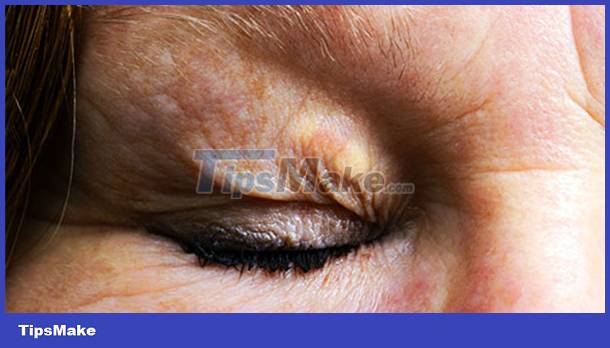 Yellow spots on your eyelids
Yellow spots on your eyelids
The raised yellow bumps on and around your upper and lower eyelids are called periocular macular degeneration - Xanthelasma. They are made of cholesterol and while you may not like the way they look, they are not dangerous or painful and can usually be removed.
But they can be a sign that you're more likely to have heart disease or have a heart attack, so see your doctor for specifics on the cause and treatment.
11
Puffy eyes
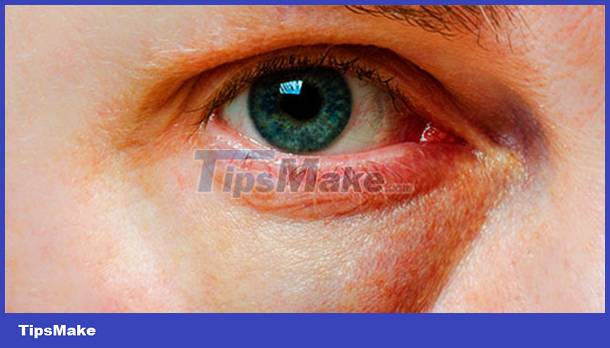 Puffy eyes
Puffy eyes
The space below your eyes can fill with fluid, which can make your eyes puffy. Hot, humid weather can cause your body to retain more water, due to possible lack of sleep, overeating salty foods, and hormone changes.
This happens more often as you age because the muscles that support your eyelids weaken. If your eyes are red and itchy, it could be an allergic reaction to foods, pollen, makeup, perfumes, cleansers, or an infection like pinkeye.
twelfth
Melasma face
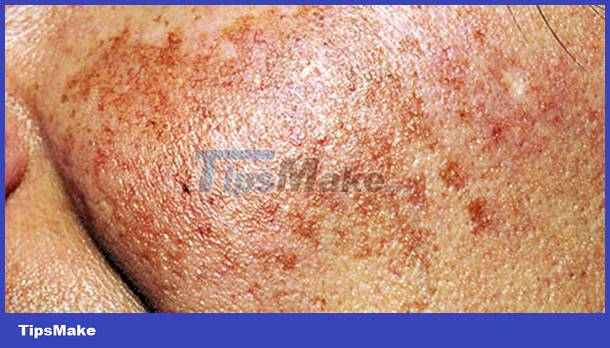 Melasma face
Melasma face
Melasma causes gray-brown patches of skin on your face. Doctors don't know exactly why it happens, but it can be triggered by things like pregnancy or taking certain birth control pills.
In those cases, melasma usually goes away on its own after the baby is born or the woman stops taking the medication. In other cases, it can last for many years. But medications and other treatments like chemical peels can help reduce the spots.
13
Patchy hair loss
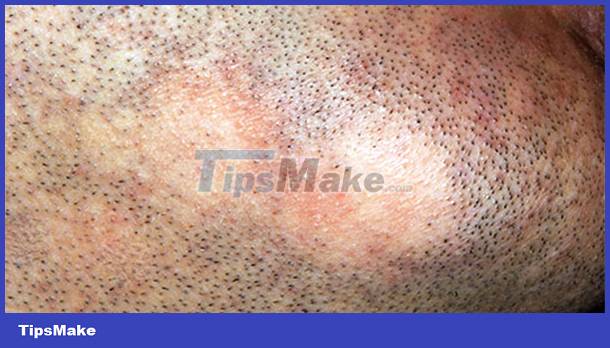 Patchy hair loss
Patchy hair loss
If you lose eyelashes or eyebrows, along with patches of hair, it could be a sign of a condition called Alopecia Areata. It happens when your immune system mistakenly attacks your hair follicles.
If you notice sudden, hair loss, check with your doctor. Because there are so many different reasons that can happen other than curing hair loss.
You should read it
- Soaking rice overnight can reduce the risk of heart disease and cancer
- Extremely creative room ideas around the world
- 10 signs appear on the body of health warning you should not be ignored
- How to track Corona disease information via Zalo
- American science officially found 42 genes that cause gum disease, periodontal disease
- Simple way to have a home health checkup in just 1 minute
- 7 indicators for you to check your health better than BMI
- Signs to identify your liver early
May be interested
- The color of earwax helps you identify your health status
 earwax is an important component that helps prevent dust and bacteria from getting into the ear, so if you are delicate enough, you will notice body problems through this.
earwax is an important component that helps prevent dust and bacteria from getting into the ear, so if you are delicate enough, you will notice body problems through this. - 5 signs to identify phishing websites
 when it comes to online security, there's one age-old problem: phishing. many people receive phishing content through email or social media platforms.
when it comes to online security, there's one age-old problem: phishing. many people receive phishing content through email or social media platforms. - How to set multiple faces for Face ID in iOS 12
 after much anticipation, apple finally rolled out a host of new features for their devices at wwdc 2018, with the majority of the features focused on ios 12 updates. but apart from all this, a great feature that cupertino giant has launched in ios 12 is the ability to register multiple faces for face id on iphone x.
after much anticipation, apple finally rolled out a host of new features for their devices at wwdc 2018, with the majority of the features focused on ios 12 updates. but apart from all this, a great feature that cupertino giant has launched in ios 12 is the ability to register multiple faces for face id on iphone x. - 10 signs appear on the body of health warning you should not be ignored
 small signs all over the body, from the eyes to the toes, can be a warning sign of ongoing disease in the body. if you recognize it soon, you will have the right and timely treatment.
small signs all over the body, from the eyes to the toes, can be a warning sign of ongoing disease in the body. if you recognize it soon, you will have the right and timely treatment. - 8 worrying signs that you need to rest immediately
 don't be subjective when you feel tired, the 8 worrying signs below tell you to take a break immediately!
don't be subjective when you feel tired, the 8 worrying signs below tell you to take a break immediately! - Homemade face masks: Why they may not protect you from coronavirus
 how to home made face masks, homemade face masks n95 masks adhere to strict protocols to block out airborne particles like viruses in ways that cotton and elastic just can't.
how to home made face masks, homemade face masks n95 masks adhere to strict protocols to block out airborne particles like viruses in ways that cotton and elastic just can't. - New face recognition technology can identify objects up to 1,000 meters away
 thanks to the great advances in the field of artificial intelligence in general and machine learning in particular in recent years, facial recognition technology is becoming much more powerful.
thanks to the great advances in the field of artificial intelligence in general and machine learning in particular in recent years, facial recognition technology is becoming much more powerful. - Look at the tongue guess: 13 signs not to be missed
 tongue can tell you a lot about the health of the body. there is a medical diagnostic method based on the external signs of the tongue: shape, size, texture and color. invite you to consult!
tongue can tell you a lot about the health of the body. there is a medical diagnostic method based on the external signs of the tongue: shape, size, texture and color. invite you to consult! - Eye changes may signal cancer, diabetes and high blood pressure
 your eyes are more than just organs of vision; they're often the first place your body detects warning signs of serious health problems.
your eyes are more than just organs of vision; they're often the first place your body detects warning signs of serious health problems. - How to identify computers infected with viruses with 10 characteristic signs
 no one wants to own a computer infected with the virus. how can i know if my computer has a virus? in fact, there are some signs that help you identify the presence of malware in your computer, let's find out.
no one wants to own a computer infected with the virus. how can i know if my computer has a virus? in fact, there are some signs that help you identify the presence of malware in your computer, let's find out.










 How to reduce wrinkles on face
How to reduce wrinkles on face Tips to get the ideal waist
Tips to get the ideal waist Foods that help increase memory
Foods that help increase memory Eating purple foods helps you stay young longer
Eating purple foods helps you stay young longer Fruits and vegetables rich in antioxidants
Fruits and vegetables rich in antioxidants Nuts help in anti-oxidants for the body
Nuts help in anti-oxidants for the body